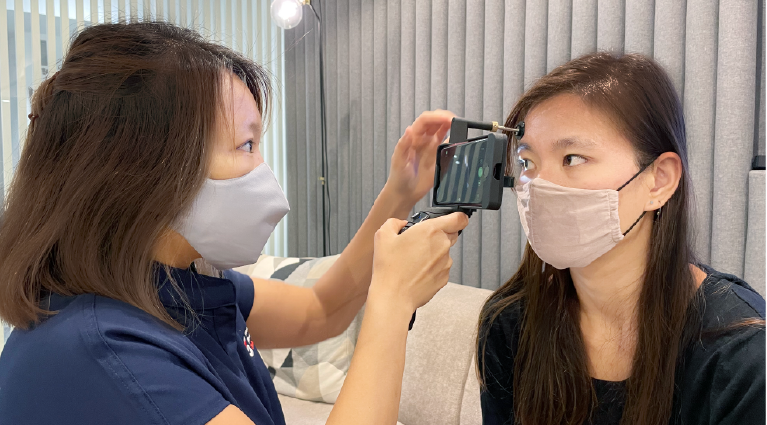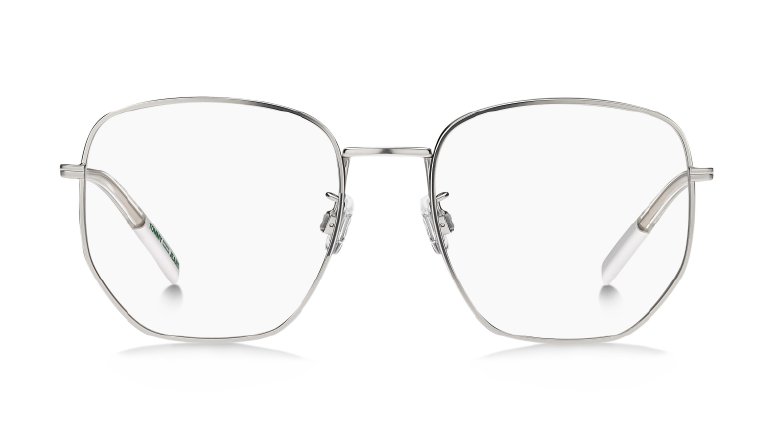
Diabetic retinopathy: What you need to know
Diabetic retinopathy is a serious eye condition that affects individuals with diabetes. It occurs when high blood sugar levels damage the blood vessels in the retina, leading to vision problems and potential vision loss if left undiagnosed or untreated.
Understanding Diabetic retinopathy:
Diabetic retinopathy is the most common diabetic eye disease and a leading cause of blindness in adults. It mainly affects those with long-term diabetes, especially those whose blood sugar levels are not well controlled. Beginning with mild nonproliferative retinopathy and potentially progressing to severe nonproliferative retinopathy and proliferative retinopathy, the condition develops in stages.
Causes of Diabetic Retinopathy:
The precise cause of diabetic retinopathy is uncertain. It is speculated that the condition develops and progresses as a result of excessive blood sugar levels as well as other reasons.These factor include:Damage to blood vessels: A high blood sugar level can damage the tiny blood vessels in the retina, causing leakage or obstruction.
Poor blood sugar control: The onset and development of diabetic retinopathy might be sped up by persistently high blood sugar levels.
High blood pressure: uncontrolled hypertension can further damage blood vessels in the retina, exacerbating the condition.
Symptoms of diabetic retinopathy:
In the early stage of diabetic retinopathy, it may not have noticeable symptoms. However, as the condition progresses, the following symptoms may occur:Blurry or fluctuating vision
Floaters or dark spots in the visual field
Difficulty seeing at night
Impaired color vision
Shadows or missing areas in the field of vision
Prevention and management:
While diabetic retinopathy cannot always be prevented, there are several strategies to reduce the risk of developing or slowing down its progressionMaintain well blood sugar control: consistently monitor and manage blood sugar levels to reduce the risk of diabetic retinopathy development and progression
Regular eye exams: individuals with diabetes should undergo comprehensive dilated eye exams at least once a year to detect any signs of diabetic retinopathy or other eye conditions.
Blood pressure management: Control high blood pressure through lifestyle changes and, if necessary, medication. This helps protect the blood vessels in the eyes.
Healthy lifestyle choices: Adopting a healthy lifestyle, including regular exercise, a balanced diet, and not smoking, can positively impact overall eye health.
Timely treatment: If diabetic retinopathy is detected, early treatment can help prevent further vision loss. Treatment options may include laser therapy, medication injections, or surgery, depending on the severity of the condition.
Conclusion:
Diabetic retinopathy is a serious eye condition that can lead to vision loss if left untreated. Individuals with diabetes must understand the reasons, recognise the symptoms, and practice preventive measures. The risk of developing diabetic retinopathy can be reduced by keeping adequate blood sugar management, having frequent eye exams, regulating blood pressure, and leading a healthy lifestyle. Remember that early detection and treatment are critical to protecting vision and general eye health.With VisionPal, we have highly skilled mobile optometrists that can provide comprehensive eye examinations at your preferred location! In addition, you can find your prescription glasses, contact lenses, and lens solution through the mobile eye clinic.
You can learn more about contact lenses through our telehealth services.
If you are interested in booking your tele-optometry consultation, we are offering complimentary tele-optometry services for the first 20 bookings with our promo code: [ONECALLAWAY]
We make getting your eye care solutions simple; your prescription will be available in your account after the visit with the mobile optometrists through the mobile eye clinic.
In same category
Screen Time and Your Family’s Eye Health: Finding the Right Balance
In today’s digital age, screens are a big part of our daily lives. From work to entertainment and education, screens have become indispensable. However, as...
What is Arcus Senilis also know as Cholesterol Rings ? : A Sign of Aging Eyes
From Metal to Wood: Finding the right pair of glasses
Discover the World of Eyewear Materials: The seemingly simple choice of eyewear frames goes beyond mere aesthetics, profoundly influencing our daily lives in terms of...




































